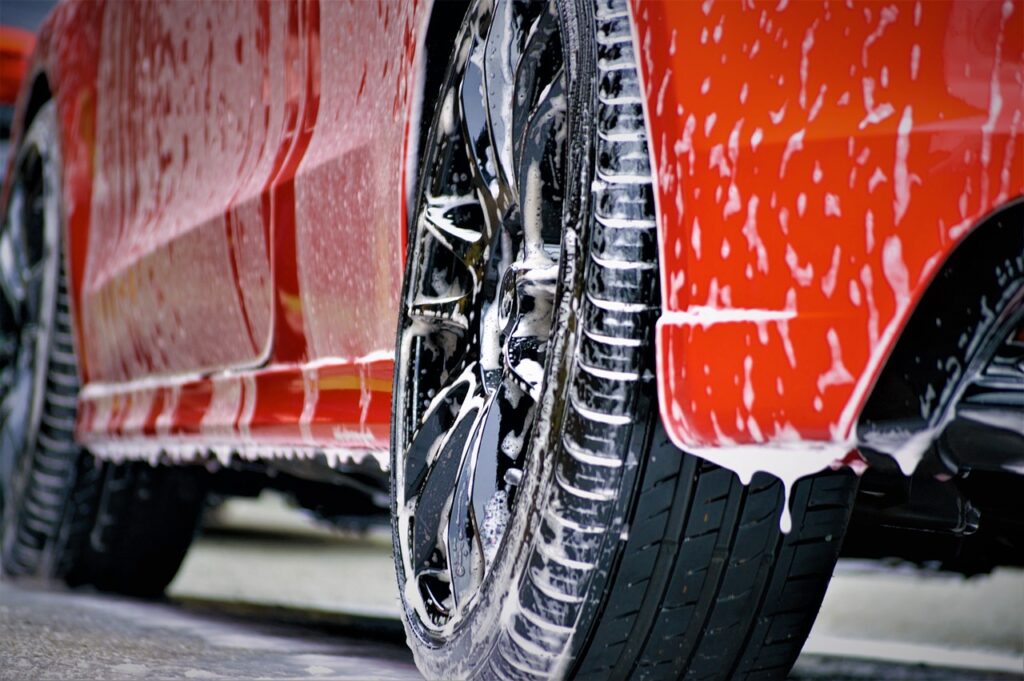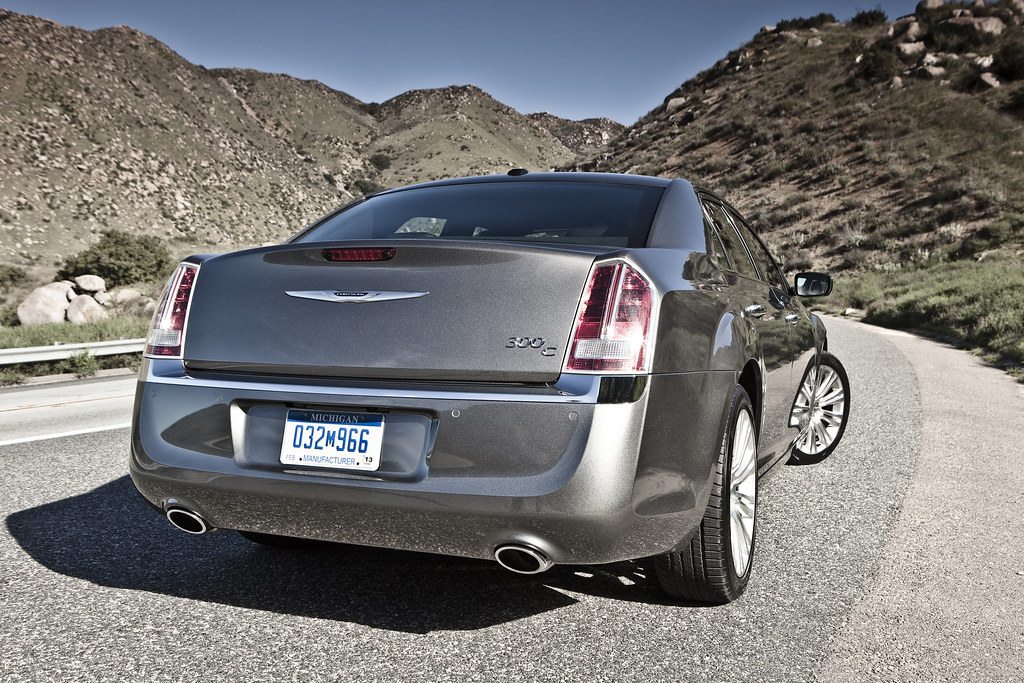
No season is tougher on vehicles than winter, and if you’ve decided to keep your classic car in the garage during the colder, wetter, snowier, and in many places, saltier months, you’re certainly not alone. The decision to winterize a vehicle involves a lot of different factors, but the underlying principle remains constant: proper preparation is paramount to preserving your investment.
Indeed, a national survey conducted by STA-BIL fuel stabilizer found that 97 percent of consumers recognize that properly storing their classic cars in the offseason will help them run their best when temperatures rise. However, a concerning 75 percent reported encountering problems when taking their cars out of storage due to incorrect steps taken during the storage period. This highlights a clear need for precise, actionable guidance.
This in-depth guide is designed to equip you with the comprehensive knowledge and practical steps required to effectively winterize your classic or sports car. By adhering to these recommendations, you can ensure your cherished vehicle remains in pristine condition, ready for a worry-free return to the open road come spring. Taking the time now to properly store your car will undeniably save both time and money in the long run.
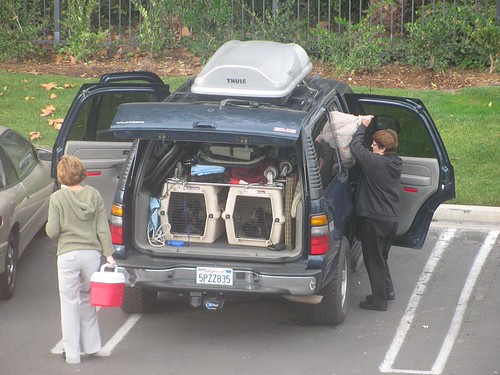
1. **Selecting and Preparing the Optimal Storage Location**One of the most important aspects of winterizing your vehicle is not just how, but where it will be stored. An ideal environment for classic car storage is a temperature-controlled garage featuring a dry concrete floor. Such conditions minimize fluctuations in temperature and prevent the accumulation of moisture, which can be detrimental to your vehicle over extended periods.
Should an ideal temperature-controlled garage not be available, and you must store your car on dirt, gravel, or even outside, it is crucial to take additional protective measures. In such scenarios, rolling your vehicle onto a tarp or a plastic barrier can significantly help. This barrier acts as a crucial defense, preventing moisture from rising up from the ground and settling on the undercarriage of your classic car.
Beyond the floor, the overall cleanliness and integrity of your chosen storage space are also critical. Ensure the area is free from excessive dust, debris, and any potential attractants for pests. A clean, well-maintained storage environment contributes directly to the long-term preservation of your vehicle and minimizes the risks of external damage or contamination during its dormancy.
Read more about: Your Definitive Guide to Long-Term Car Storage: Protecting Your Vehicle Through Travel and Winter
2. **Performing a Comprehensive Exterior Cleaning and Protective Wax Application**Before placing your classic car into storage, a thorough exterior cleaning is an absolutely essential step. It is important to remove as much debris, dirt, grit, grime, and other contaminants as possible from all surfaces. This meticulous cleaning prevents these abrasive elements from becoming permanently etched into the paintwork or causing corrosion during the months of inactivity.
After washing the car with appropriate cleaning solutions, it is equally vital to dry it completely to prevent water spots and rust. Ensuring the car is bone-dry before covering it or moving it into storage is a fundamental practice. Any lingering moisture can create an environment conducive to mold, mildew, or rust, compromising the vehicle’s condition over time.
Following the cleaning and drying process, applying a fresh coat of wax to all painted and chrome surfaces provides an invaluable added layer of protection. This wax barrier helps seal the finish, guarding against oxidation, minor scratches, and environmental fallout that might occur even in storage. It ensures the car emerges from its winter slumber with its aesthetic integrity intact, minimizing potential surface deterioration.
Furthermore, beyond the painted surfaces, do not overlook the importance of protecting all rubber areas of the car. Using a preservative agent specifically designed for rubber can prevent these components from drying out, cracking, or hardening in the cold weather. This attention to detail extends the life of seals, hoses, and other rubber elements, averting costly replacements down the line.
Read more about: Customizers Be Wary: 14 Types of Paint Jobs You Should Seriously Think Twice About Choosing for Your Ride
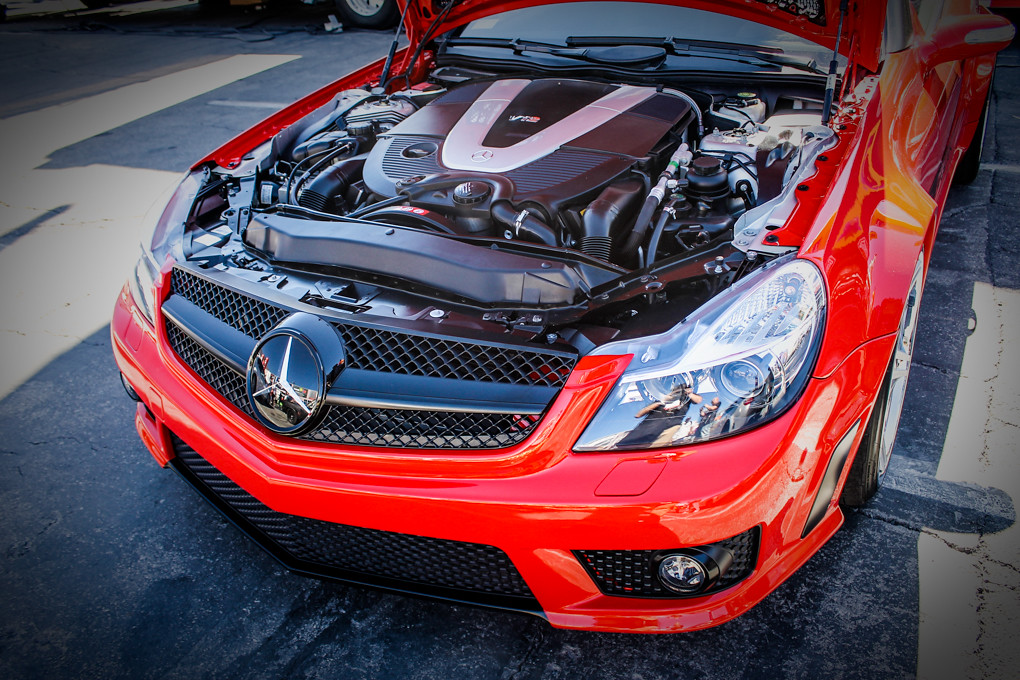
3. **Executing a Thorough Interior Detail and Moisture Control Strategy**Just as important as the exterior, the interior of your classic car demands meticulous attention before winter storage. Begin with a comprehensive vacuuming and cleaning of all interior surfaces. This step is crucial for removing any food crumbs, spills, or dirt that could otherwise attract pests seeking shelter from the cold, or contribute to unpleasant odors and mildew formation.
After cleaning, focus on moisture control within the cabin and trunk. Lingering dampness can lead to issues like mold, mildew, and unpleasant musty smells, which are particularly difficult to eradicate once established. To combat this, a practical tip is to place several open boxes of baking soda in the trunk and throughout the interior.
Baking soda acts as a natural desiccant, effectively pulling any lingering dampness or moisture from the air within the enclosed spaces of your vehicle. This simple, inexpensive measure can make a significant difference in preventing the undesirable effects of humidity over several months of storage, ensuring a fresh and clean interior upon retrieval. Ensure all interior doors, including the glove compartment and console, are slightly ajar to allow for optimal air circulation.
Before finalizing the interior preparation, conduct a last quick inspection to ensure that no one has left anything inside that might freeze, spill, or cause any damage when left unobserved. This includes removing any perishable items, liquids, or electronics that could be sensitive to cold temperatures or accidental leakage during the storage period. Such a proactive check can prevent unexpected and potentially costly surprises in the spring.
Read more about: Beyond the Buff: 14 Simple Lifehacks to Keep Your Classic Car’s Chrome Gleaming

4. **Replacing Engine Oil and Filter with Storage-Friendly Formulations**One of the most critical steps in winterizing your classic car’s engine is to replace the engine oil and filter. This is important even if the oil was recently changed according to the manufacturer’s recommendations. The reason lies in the composition of old oil, which accumulates contaminants such as moisture, acids, and combustion byproducts during normal operation.
These contaminants, if left in the engine during an extended storage period, can become highly corrosive. The acids and moisture present in old oil can gradually pit bearings and other vital engine parts, leading to premature wear and potential damage. This silent deterioration can compromise the integrity of your engine’s internal components, making a fresh oil change a non-negotiable step for long-term preservation.
When performing this task, it is highly recommended to use a corrosion-resistant and rust-preventive oil. These specialized formulations are designed to offer enhanced protection against the internal corrosive processes that can occur during periods of inactivity. They create a more robust protective film on metal surfaces, guarding against oxidation and ensuring the longevity of engine components even when the vehicle is not running.
For optimal results, allow the engine to run briefly before changing the oil. Warming the oil slightly makes it less viscous, allowing more of the old oil and its accumulated contaminants to drain out effectively. Following this, replace the old oil filter with a new one. This comprehensive approach ensures that your engine starts its winter nap with the cleanest, most protective lubrication possible, ready for a robust start in the spring.
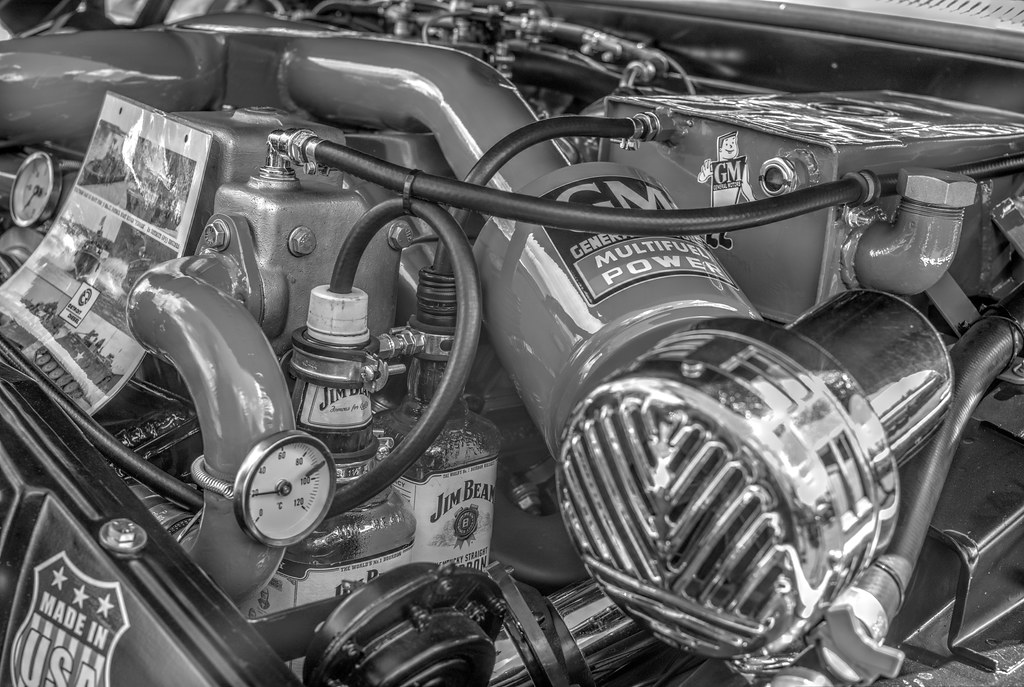
5. **Implementing Robust Fuel System Stabilization Techniques**Fuel left untreated in a classic car’s tank and lines can rapidly deteriorate, often in as little as 30 days. This deterioration leads to the formation of gum and varnish deposits within the engine and fuel system components. These sticky residues can cause a multitude of problems, including hard starting engines, poor performance, and a significant reduction in overall engine life when the vehicle is eventually brought out of storage.
To effectively counteract this, adding a high-quality fuel stabilizer to fresh fuel is an indispensable step. Fuel stabilizers are formulated to perform several critical functions: they help remove water from the fuel system, clean fuel injectors, and most importantly, keep the fuel fresh throughout the entire winter storage period. This ensures that the fuel remains chemically stable, preventing the formation of harmful deposits and maintaining its combustibility.
For proper application, first add the recommended amount of fuel stabilizer (for example, STA-BIL Brand suggests 1 oz. to every 2.5 gallons of gasoline) directly to the fuel tank. Immediately after adding the stabilizer, fill the tank to approximately 95 percent full with fresh fuel. It is crucial to avoid topping off the tank entirely, as this allows for crucial expansion space. When temperatures rise again in the spring, gasoline can expand, and an overfilled tank could lead to spills, posing both environmental and safety hazards.
Once the stabilizer and fresh fuel are in the tank, run the engine for a few minutes. This vital step ensures that the stabilized fuel is thoroughly mixed and circulated throughout the entire fuel system, including the carburetor and injectors. Without this circulation, the stabilizer would only protect the fuel in the tank, leaving the lines and components exposed to degradation. Proper circulation is key to comprehensive protection against gum, varnish, rust, and corrosion, promising an easy start come spring.
It is important to address a common misconception among some classic car owners who believe that draining their fuel tank will protect their engine. This approach is generally counterproductive because it is virtually impossible to fully drain a fuel system. The tiny droplets of fuel that inevitably remain are then exposed to air, accelerating the formation of gum and varnish buildup and promoting corrosion on the interior walls of your system. This buildup can occur in critical areas, completely inhibiting fuel flow or causing leaks, leading to a variety of severe engine problems when the car is taken out of storage.
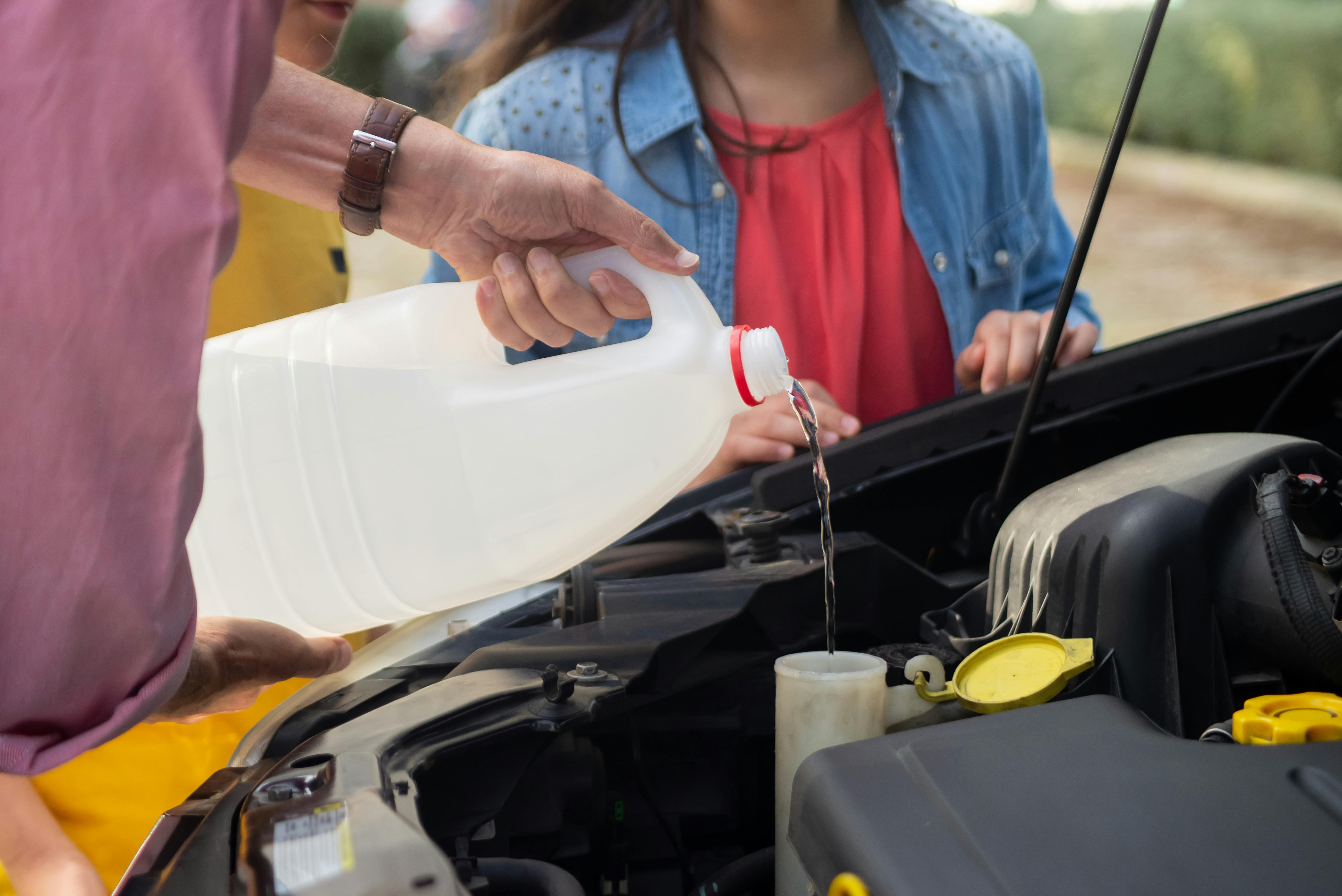
6. **Verifying and Adjusting the Cooling System’s Antifreeze Levels**The cooling system of your classic car is often overlooked during the winterization process, yet its proper preparation is paramount to preventing potentially catastrophic damage. Freezing temperatures can cause the water component within the coolant mixture to expand, leading to burst pipes, radiator damage, or even a cracked engine block, which are all incredibly costly repairs.
Therefore, it is critically important to ensure that the radiator is filled with the correct mix of coolant and water. This specific ratio, typically a 50/50 blend, is engineered to provide both freeze protection and corrosion inhibition for your engine’s internal components. An incorrect mixture, with too much water, will significantly reduce the freeze protection, while too much coolant can impair heat transfer efficiency.
If you are unsure about the proper mixture or the current level of freeze protection, specialized testers are available to check the coolant’s specific gravity. Alternatively, consult the coolant label instructions or your vehicle’s owner’s manual for the recommended ratios. Taking this proactive step ensures that your cooling system is fortified against the harshest winter conditions, safeguarding your engine from cold-related damage during its extended storage.
Read more about: Engine Specialist’s Essential Guide: Master Hill Climbs and Prevent Overheating Without Ever Pulling Over
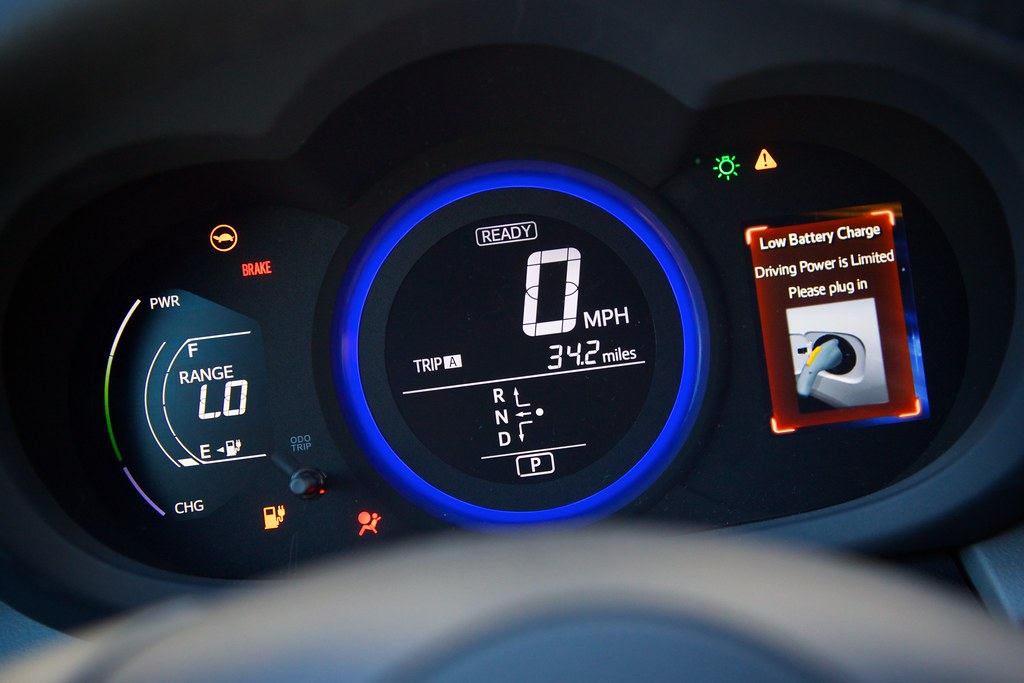
7. **Strategic Battery Management for Extended Storage**Proper battery management is a crucial aspect of winterization, particularly for classic cars that will be inactive for several months. There are primarily two approaches to safeguarding your battery during this period: disconnecting and removing it, or utilizing a battery maintainer. If you opt to remove the battery, it should be stored in a place where it will not freeze, as extreme cold can severely damage its internal chemistry and compromise its ability to hold a charge.
However, battery maintainers represent a highly recommended and relatively inexpensive investment for classic car owners. These devices are designed to keep your battery charged at an optimal level without overcharging it, which can be equally detrimental. By providing a continuous, gentle charge, a battery maintainer ensures that your battery remains healthy and ready to deliver full power whenever you are ready to start your vehicle, eliminating the need for a lengthy recharge in the spring.
When handling batteries, safety should always be your foremost concern. Always use eye protection when working on a battery, as corrosive acids and gases can be present. Ensure proper ventilation and follow all manufacturer instructions for disconnection and connection. If you choose to remove the battery, store it on a non-conductive surface, away from any potential sources of ignition, and out of reach of children and pets.
For those who choose to remove their battery for storage, remember that upon the arrival of spring, you will need to charge it. It is recommended to charge your battery for a good 24 hours before returning it to the vehicle. This ensures it has a full, robust charge, allowing for a smooth and reliable start after its long winter rest, without putting undue strain on the electrical system.
Now that the initial preparations are meticulously complete, our journey into comprehensive winterization continues. This second section delves into specialized component protection, environmental safeguarding, and crucial final checks that will ensure your classic car emerges from its winter slumber not just intact, but truly revitalized and ready for the open road. These steps are designed to fortify your cherished vehicle against the subtle erosions of inactivity and the harsh realities of winter.
Read more about: An In-Depth Look: Essential New Features and Performance Upgrades for the 2025 Ram 1500 Truck Lineup
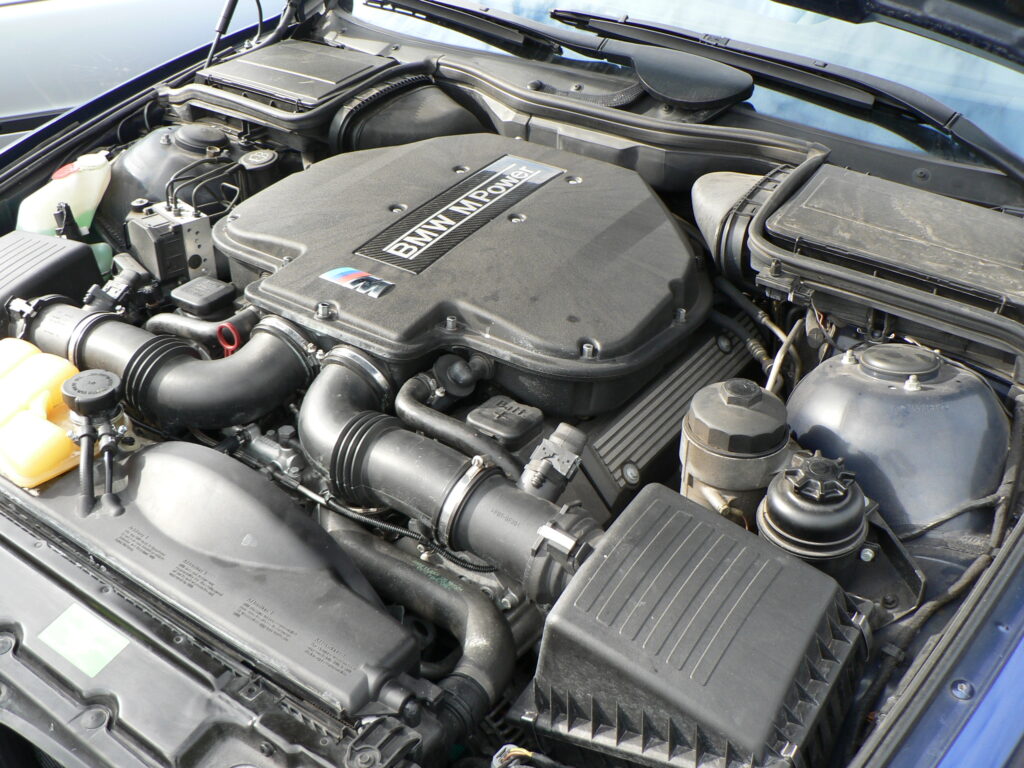
8. **Lubricating Key Moving Parts for Smooth Operation**Beyond the vital internal engine lubrication covered by fresh oil, numerous other mechanical components of your classic car require attention to prevent rust and seizing during extended storage. These moving parts, often exposed to varying degrees of humidity and temperature fluctuations even within a garage, can deteriorate if left unaddressed. Proactive lubrication ensures their smooth, unhindered operation come spring, averting potential mechanical stiffness or damage.
Begin by focusing on the chassis, specifically the wheel bearings, steering components, and suspension pivot points. These areas are constantly subjected to stress during driving, and even in storage, they can suffer from moisture ingress leading to corrosion. Applying a high-quality grease to these critical joints and bearings provides a protective barrier, keeping them pliable and free-moving throughout the winter months, preventing the costly headache of seized parts.
However, the lubrication process extends beyond just the undercarriage. Everyday components like door and trunk latches, hood hinges, and window mechanisms also benefit immensely. For these, specialized lubricants like dry Teflon spray for window channels and spray lithium grease for latches and hinges are ideal. These products are formulated to penetrate and protect without attracting excessive dirt or grime, ensuring that every opening and closing motion remains as smooth as the day you put it away.
When applying the dry Teflon spray to window channels, gently lower the window glass first. Liberally spray down the front, rear, and top channels on each door, ensuring thorough coverage. After application, run the window up and down several times. This action helps to evenly distribute the lubricant, coating all contact surfaces and preventing any rubber or felt components from drying out or sticking. Finish by cleaning any overspray from the glass with a suitable cleaner.
For door and trunk/hatch lock cylinders, use the spray straw to force open the lock’s protective ‘door’ and inject a quick shot of dry Teflon spray directly into the cylinder. Insert your key and rotate the lock several times to work the lubricant throughout the internal mechanism. This prevents the delicate tumblers from seizing. Finally, coat all weather stripping around doors and windows with dry Teflon spray and spread it with a clean cloth, finishing the job by lubricating the hood, trunk, or tailgate latches, and door hinges with lithium grease. Operate these latches and doors multiple times to fully spread the grease, guaranteeing comprehensive protection.
Read more about: Mastering Winter Roads: Your Essential Guide to Car Winterization and Preventing Costly Breakdowns
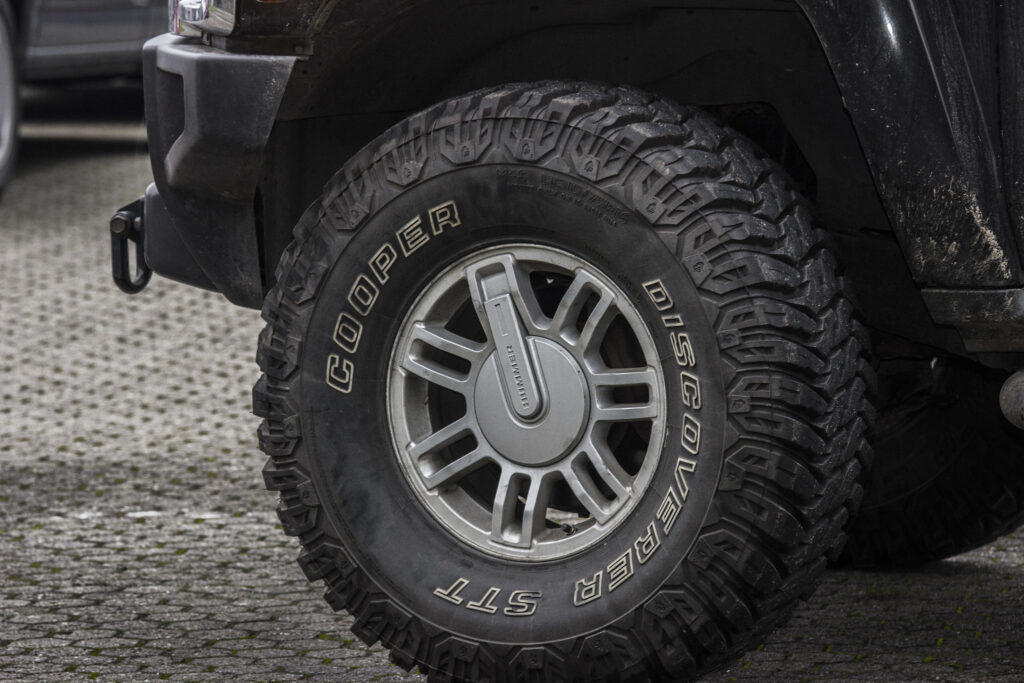
9. **Proactive Tire Care and Pressure Optimization**While modern radial tires are less prone to developing permanent flat spots compared to their older bias-ply counterparts, prolonged static storage can still be detrimental to their overall health. The constant pressure on one section of the tire for several months can lead to temporary flat spots, which, while usually resolving with driving, can initially cause an unsettling vibration. More importantly, maintaining proper tire health helps preserve the integrity of the sidewalls and tread.
Before placing your vehicle into its winter retreat, it’s advisable to slightly increase the air pressure in your tires above the manufacturer’s recommended driving specifications. A modest increase of 5-10 PSI (pounds per square inch) is often recommended. This accounts for the natural drop in air pressure that occurs in colder temperatures and helps the tires maintain their shape more effectively under the car’s static weight, minimizing the risk of flat spots and sidewall fatigue.
For classic cars that will be stored for a significantly longer duration, say six months or more, or those with particularly sensitive suspension systems, elevating the car onto jack stands can be a prudent measure. This completely unloads the tires, removing all pressure and preserving their original shape and integrity. It also allows for easier access to the undercarriage for any pre-storage checks or maintenance, adding an extra layer of protection against tire degradation.
Should you opt against using jack stands, a practical alternative for shorter storage periods is to periodically move the vehicle a few feet every few weeks. This simple action rotates the contact patch on the tires, distributing the load and preventing any single section from bearing the entire weight for an excessive duration. This helps mitigate the formation of flat spots and promotes a more uniform preservation of the tire structure throughout the storage period.
Read more about: 14 Budgeting Power Plays: Essential Strategies for Lasting Financial Health and Stability

10. **Implementing Robust Pest Prevention Measures**A dormant classic car, particularly one tucked away in a quiet garage, can inadvertently become a welcoming sanctuary for various pests seeking shelter from the winter cold. Rodents, insects, and other small critters can cause significant and costly damage by chewing through wiring, nesting in upholstery, or contaminating interior spaces. Proactive pest prevention is therefore an indispensable part of winterizing your cherished vehicle.
A critical first step is to strategically block potential entry points directly on the vehicle itself. The exhaust pipe and air inlet are common, easily accessible routes for small animals. Covering these openings with steel wool or sturdy mesh secured with tape can effectively deter intruders. These materials are robust enough to prevent chewing and provide a physical barrier, ensuring that your engine and exhaust systems remain free from nests and debris.
Beyond the immediate vehicle, it’s crucial to extend pest control efforts to the entire storage environment. A clean garage is a less inviting garage for pests. Ensure the area is meticulously cleaned, free from food crumbs, spills, or any organic debris that could attract rodents. Regularly sweep and vacuum the garage floor, and store any pet food or birdseed in airtight containers, removing any potential food sources that might lure unwanted visitors.
Furthermore, inspect the garage itself for any cracks, gaps, or small openings in walls, around doors, and windows that could serve as entry points. Seal these vulnerabilities with caulk, expanding foam, or weatherstripping to create a more secure barrier. For an added layer of defense, consider placing non-toxic pest deterrents such as cedar sachets, dryer sheets, or even ultrasonic pest repellers around the vehicle and within the garage. If signs of pest activity persist, strategic placement of traps can provide a final, necessary line of defense.
Read more about: The Ultimate Guide: 10 Simple Ways to Protect Your Classic Car from Devastating Rodent Damage
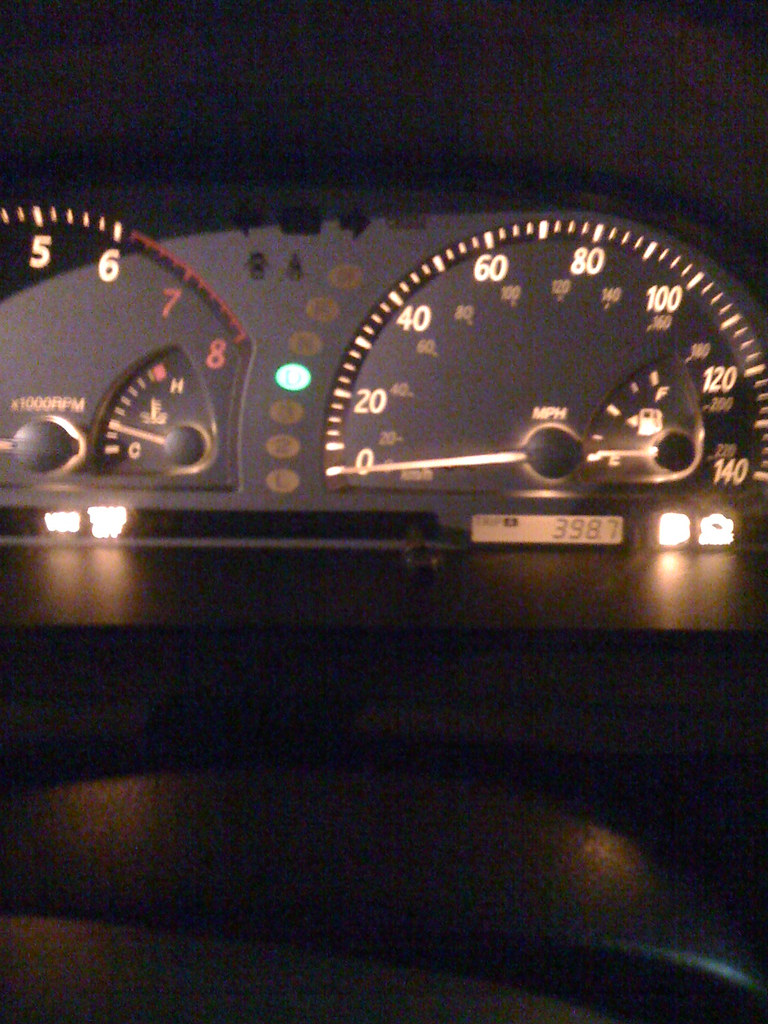
11. **Thorough Pre-Storage Electrical and Leak Inspections**Before your classic car settles into its winter slumber, conducting a thorough inspection of its electrical system and checking for any potential leaks can proactively identify and mitigate issues. While battery management is crucial, ensuring the integrity of the broader electrical network prevents unexpected complications. Similarly, detecting minor leaks now can prevent them from escalating into significant problems during months of inactivity.
Begin with a comprehensive check of the vehicle’s electrical components. This includes verifying that all lights—headlights, taillights, turn signals, brake lights, and interior lamps—are functioning correctly. Ensure all gauges are operational and that accessories such as the radio, power windows, and wipers are in working order. Confirm that all electrical systems are fully switched off to prevent any parasitic drains that could unexpectedly deplete the battery, even if it’s connected to a maintainer.
Concurrently, perform a meticulous visual inspection for any signs of fluid leaks. Carefully examine the area underneath the vehicle for any puddles, drips, or damp spots on the garage floor. Pay close attention to the engine bay, checking around hoses, seals, and connections for any visible seepage of oil, coolant, brake fluid, or transmission fluid. Even minor leaks, if left unchecked, can worsen over time, leading to significant fluid loss and potential component damage.
The interior also warrants a quick but thorough leak inspection. Check the floorboards, especially after any recent rain or car wash, for signs of water intrusion, which could indicate compromised door or window seals. A proactive approach to identifying and addressing these issues—whether it’s tightening a hose clamp, replacing a worn seal, or investigating an electrical anomaly—before storage prevents minor problems from becoming major repairs, ensuring a smooth revival in the spring.

12. **Reviewing and Tailoring Your Insurance Coverage**An often-overlooked but absolutely crucial aspect of classic car winterization is reviewing your insurance policy. Just as you meticulously prepare your vehicle mechanically, ensuring its financial protection during its inactive period is equally vital. Your coverage needs may change significantly when your car is off the road for several months, and failing to update your policy could leave you inadequately protected or, conversely, overpaying for unnecessary coverage.
If your classic car is stored offsite, perhaps in a dedicated storage facility or a friend’s garage, it is imperative to notify your insurance provider. Many standard policies have specific clauses regarding vehicle storage locations, and your current coverage might not extend to an external site. An updated policy ensures that your investment remains protected against theft, damage, or other unforeseen events, regardless of where it spends the winter.
Furthermore, consider the nature of your classic car’s use during the winter. If it will be completely off the road, some insurers offer specialized “storage insurance” or can adjust your existing policy to reflect reduced risk. This might entail a temporary reduction in certain coverages, such as collision, which could lead to a lower premium. Insurers like Hagerty specialize in classic car policies and can craft tailored coverage that suits the unique needs of a garaged vehicle, offering peace of mind.
It is always a wise practice to conduct an annual review of your entire insurance policy, not just when storing your car. Use the winterization period as an opportune moment to connect with your agent. Discuss your storage plans, confirm your coverage limits, and inquire about any discounts for garaged vehicles or reduced mileage. This proactive approach ensures you have the right level of protection without any unnecessary expenses, safeguarding your classic car both physically and financially.
Read more about: Unlock Peace of Mind: Simple Secrets to Getting the Best Deal on Travel Insurance for Seniors
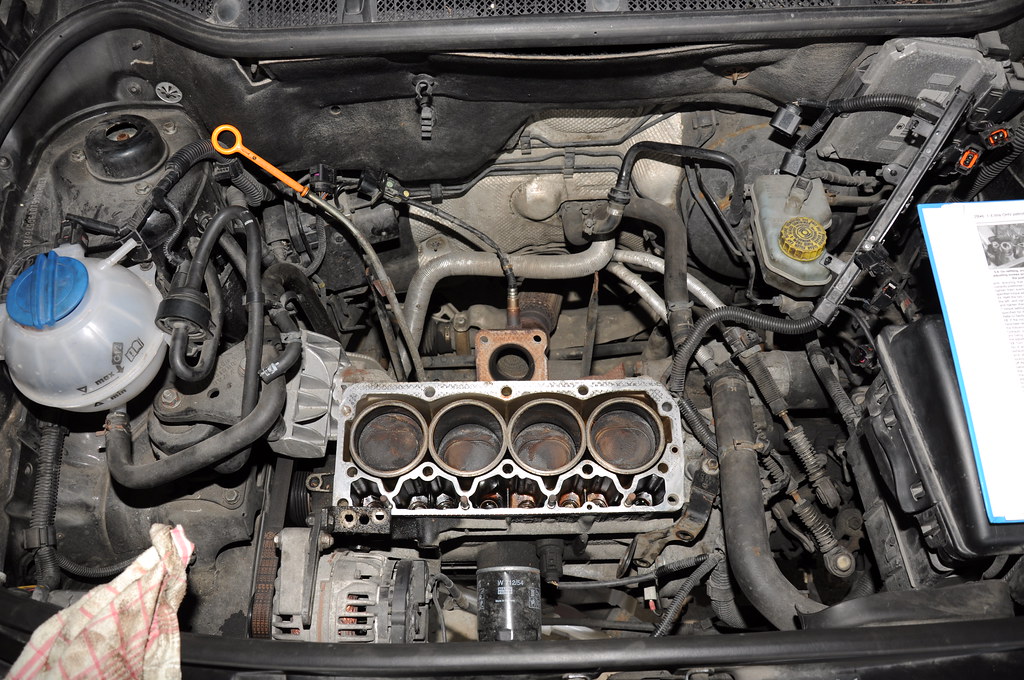
13. **Debunking a Myth: The Detriment of Occasional Engine Starts**A common misconception among some classic car owners is that occasionally starting the engine during winter storage is beneficial. The thinking often goes that it keeps fluids moving and prevents components from seizing. However, automotive experts generally advise against this practice, as brief, infrequent starts can often do more harm than good to your engine and its ancillary systems.
When you start an engine for only a few minutes, it rarely reaches its optimal operating temperature. This incomplete warm-up cycle has several detrimental effects. Firstly, it allows condensation to form within the engine’s exhaust system and crankcase, leading to the accumulation of moisture and potentially acidic byproducts. These can accelerate corrosion of internal components, diminishing their lifespan and potentially causing significant damage over time.
Secondly, a short run does not allow the engine oil to fully circulate and reach all critical lubrication points, especially in colder conditions where oil is thicker. This means that parts crucial for engine longevity may not receive adequate lubrication, leading to increased wear upon startup. Moreover, the brief operation consumes fuel, and if this new fuel isn’t fully stabilized throughout the system, it can still contribute to gum and varnish buildup, contradicting efforts made during initial winterization.
Finally, operating a vehicle, even briefly, in an enclosed garage without proper ventilation poses a serious safety risk due to the buildup of exhaust fumes, particularly carbon monoxide. If you are not prepared to let the engine run for an extended period (at least 15-20 minutes) to reach and maintain full operating temperature, and to do so in a well-ventilated area, it is far better to leave the car untouched. Trust in your thorough winterization steps to protect your classic car, and resist the temptation to fire it up until spring truly arrives.
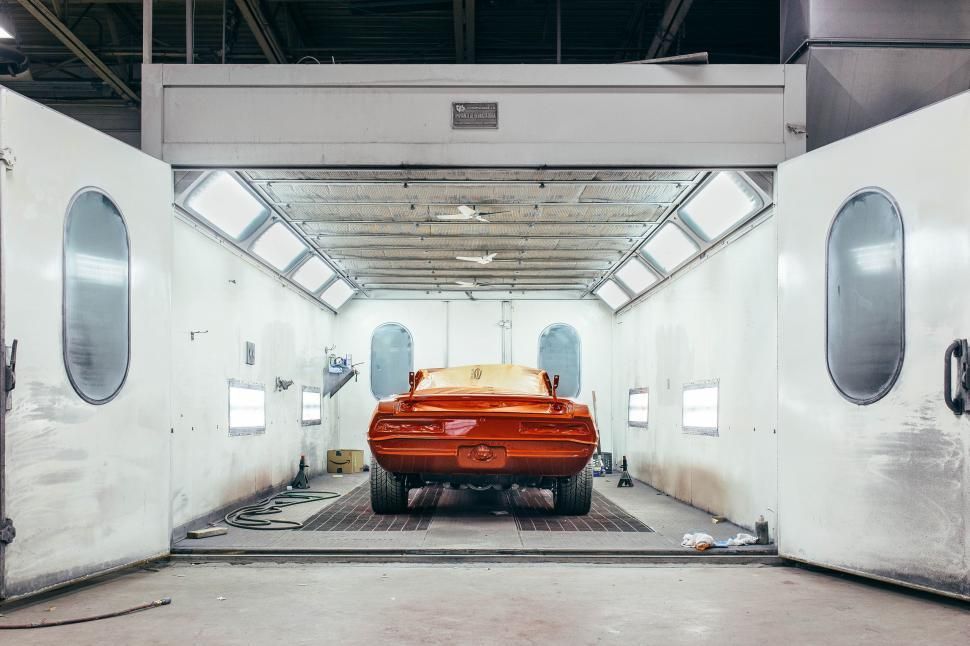
14. **Enhancing the Storage Environment for Long-Term Preservation**While the initial selection of a dry, temperature-controlled garage (as discussed in Section 1) lays a strong foundation, optimizing the storage environment for your classic car goes beyond just the floor. Comprehensive environmental safeguarding involves ensuring the space itself actively contributes to the vehicle’s long-term preservation, protecting it from external elements and creating a stable microclimate.
Consider the structural integrity of your garage or storage space. Just as you sealed drafts in your home, inspect garage doors, windows, and any exterior vents for gaps or cracks. Sealing these vulnerabilities with weatherstripping, caulk, or foam can prevent cold air, moisture, and dust from infiltrating the space. This helps maintain a more consistent temperature and humidity level, which are crucial for preserving your car’s paintwork, interior materials, and sensitive electronics.
If your garage is uninsulated, exploring options for basic insulation, particularly in the attic or ceiling, can make a significant difference. While a full climate control system might be a substantial investment, even modest insulation can buffer extreme temperature swings. This helps reduce condensation, which can be a silent enemy, promoting rust and mildew even in seemingly dry environments.
Maintain rigorous cleanliness within the storage area itself. Dust and debris can settle on your meticulously cleaned classic car, potentially dulling its finish or harboring moisture. Regular sweeping, dusting, and keeping the area clutter-free contribute to a healthier storage environment. Additionally, ensure any potentially corrosive materials or liquids are stored away from the vehicle to prevent accidental spills or airborne chemical contamination.
Ultimately, preparing the storage space means creating a protective bubble around your classic car. By sealing the environment, managing internal climate fluctuations, and maintaining a pristine area, you are establishing the optimal conditions for long-term preservation. These efforts, combined with the detailed winterization steps for the vehicle itself, will ensure your classic car remains in showroom condition, ready to impress the moment spring rolls around.
Read more about: Maximizing Your Investment: The 2025 Pickup Bed Accessories That Significantly Boost Resale Value
Winterizing your classic or sports car is an act of love and foresight, an investment in its longevity and your future enjoyment. By meticulously following these comprehensive steps, from initial preparation to fine-tuning the storage environment, you are not just putting your car away for the season; you are safeguarding a legacy. When spring finally arrives and the open road beckons, you’ll be rewarded with a vehicle that starts reliably, performs flawlessly, and looks as magnificent as the day it was tucked away, truly ready for new adventures.

